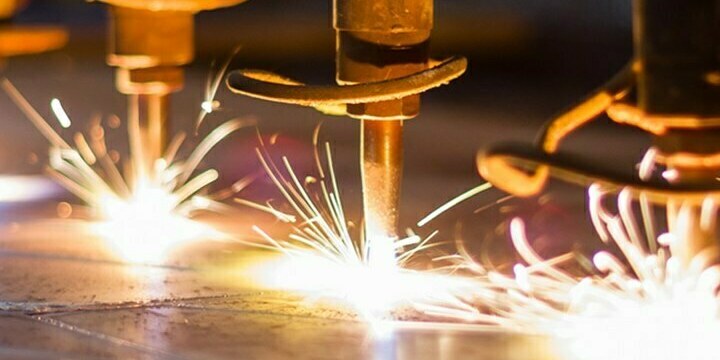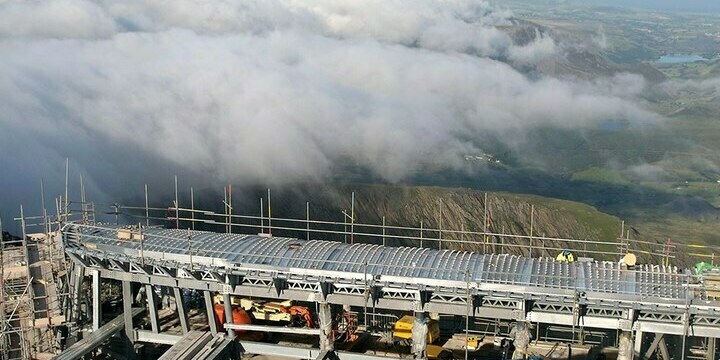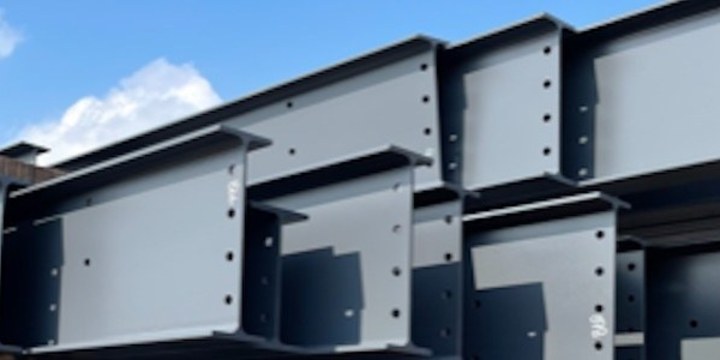A QUICK GUIDE TO ALL STEEL GRADES AND SIZES
Download a list of all the grades and sizes stocked as standard by Murray Plate.
Thanks to their high strength, resistance to wear and overall toughness, medium carbon steels are typically used for railway tracks, train wheels, crankshafts, and gears and machinery parts where a combination of material properties is required.
Brinell hardness (a universal standard measure of hardness) of medium carbon steel is approximately 200 MPa. Material hardness is the ability of the material to withstand surface indentation and scratching. The term hardened steel is often used for medium or high carbon steel. The hardened properties of the steel enable it to be resilient and tough to penetrate by suitable heat-treatment processes, namely hardening and tempering processes.
Medium carbon steels are designated as such because their carbon content ranges from 0.35% - 0.60%, with manganese content from 0.65% - 1.65%. It has good thermal processing and cutting performance, but its welding performance is poor. Plasticity and toughness are lower than mild steel, but its strength and hardness are higher than low carbon steel.
As a simple guide, the higher the EN number, the better the quality of steel - and the more carbon, or blended elements are added to the chemical content. EN1 to EN3 represents low carbon, general purpose steel. EN5 to EN16 refers to medium carbon content with general purpose strength, while EN19 to EN24 grades denote higher carbon steels with good hardenablity. At the top end is EN32 to EN36 for the hardest wearing materials.
Download a list of all the grades and sizes stocked as standard by Murray Plate.


